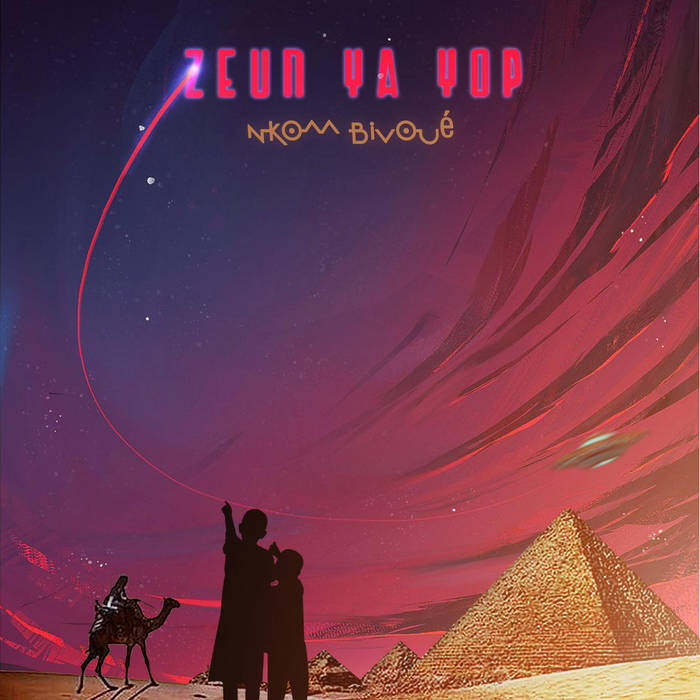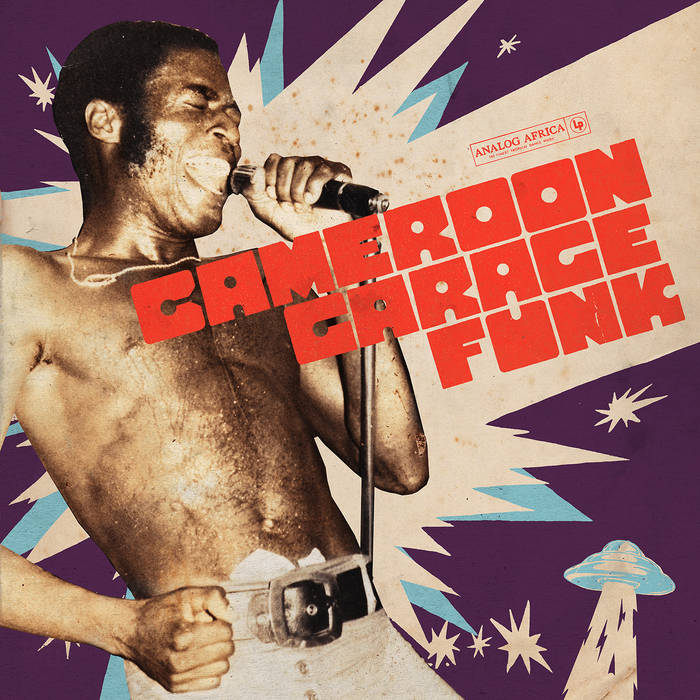Work was busy today, so in lieu of a review, here is a rather joyful offering from Cameroon.
Cameroon
Gibraltar Drakus – Hommage A Zanzibar
Awesome Tapes From Africa, the legendary blog and record label, have produced another winner, this time from a Cameroonian artist called Gibraltar Drakus, who produced bikutsi, a local dance music. From the release’s Bandcamp site: “By the early 1990’s, Les Têtes Brûlées were indisputably the most famous and influential artists Continue Reading
Nkom Bivoué – Zeun Ya Yop
This one came as an unsolicited pleasant surprise. I love Afrobeat and am slowly developing a healthy respect for Afro-House, and if I delve further into the genre, it’ll be because of artists like Cameroon’s Nkom Bivoué. What is best about the disc is the absolutely sharp percussion of the Continue Reading
Various Artists – Cameroon Garage Funk
Analog Africa produces yet another astounding compilation. Unfortunately, we’ll have to wait a while for this one, because the release date is scheduled for September 3, 2021. Still, considering the high quality of pretty much everything this label has produced, I’m expecting some fine music. Over on the Bandcamp release Continue Reading


